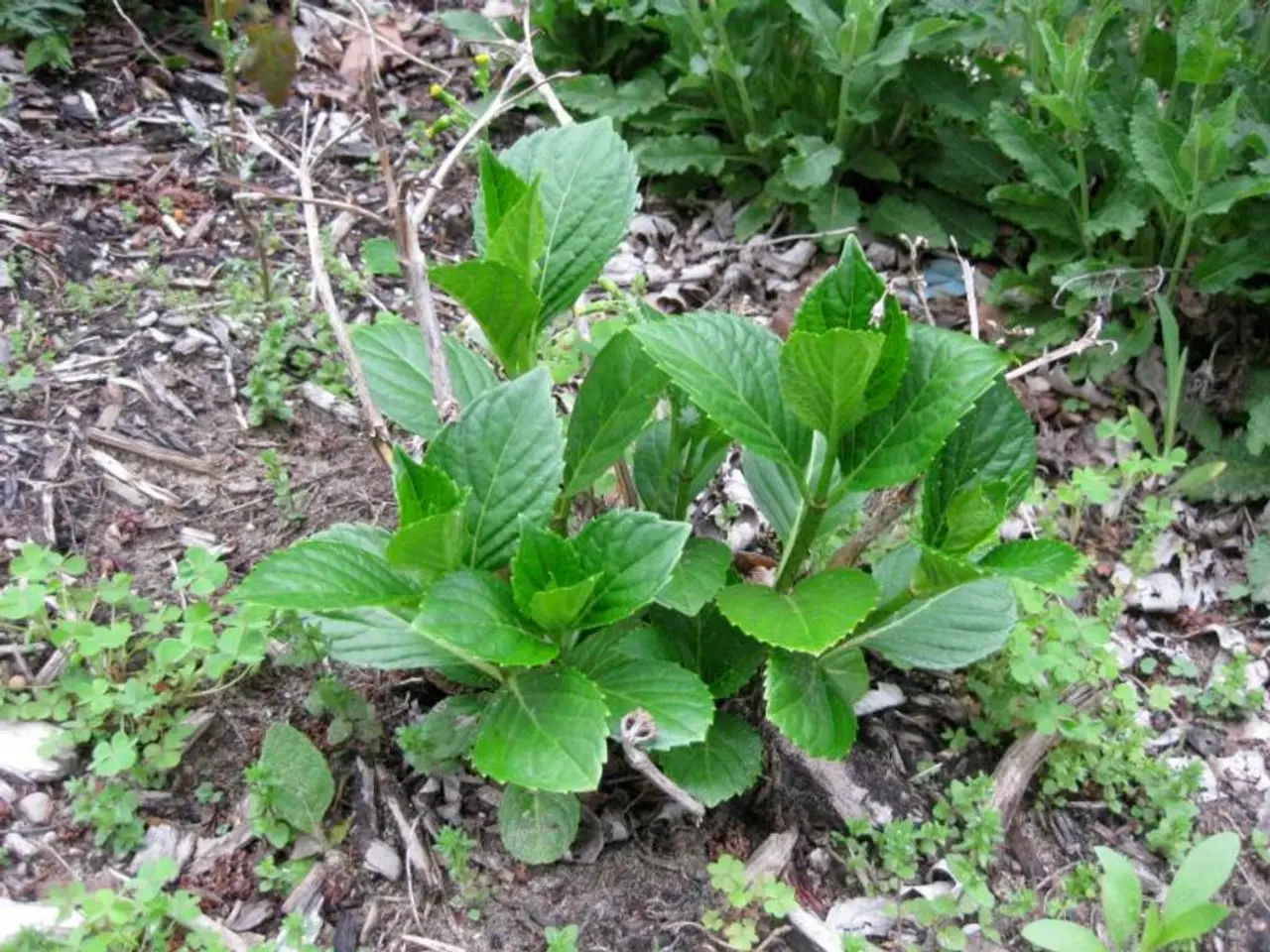Beginner's Guide to Herb Cultivation - Starting Points, Plant Selection, and Beyond
**Indoor Herb Gardening: A Guide to Growing Your Own**
Growing an indoor herb garden can be a rewarding and enjoyable experience, offering not only the opportunity to connect with nature but also to contribute to a healthier lifestyle. Here's a quick guide to help you get started.
**Choosing the Right Location**
The direction of sunlight your windows face plays a crucial role in determining the best location for your indoor herb garden. South-facing windows, for instance, provide the most direct sunlight, typically between 4 to 6 hours of direct sun per day, making them ideal for most herbs like parsley, sage, rosemary, thyme, and oregano[2][3]. On the other hand, north-facing windows receive less direct sunlight and are better suited for herbs that prefer partial shade, such as mint or lemongrass[4].
If you have north-facing windows and want to grow herbs that require more light, consider using grow lights to supplement the natural light. This can help ensure that your herbs receive enough light to thrive[5]. Additionally, positioning plants near windows and using reflective surfaces like white paint or mirrors can help maximize natural light exposure, especially in areas with limited sunlight[4].
**Watering and Care**
Avoid overwatering your herbs, as it can be harmful to their growth. A light watering at the beginning of each day is recommended, and the soil should be tested to ensure it's dry in the first inch before watering[1]. Harvesting herbs is best done in the morning, using a clean pair of shears, and snipping no more than 1/3 of the plant at a time[2].
**Creative Uses for Leftovers**
Don't let your herb garden leftovers go to waste! There are several creative ways to use them, such as drying them for later use, making homemade herb-infused oils, or even freezing them in ice cubes for added flavour in your dishes[6].
**Subscription Services**
To keep your garden growing throughout the year, consider subscribing to gardening services that deliver fresh herbs right to your doorstep. These services can provide a steady supply of herbs, making it easier for you to maintain a thriving indoor herb garden.
**Starting Your Garden**
To start your herb garden, choose a strategic placement that receives plenty of sunshine and is easily accessible. Container gardening allows for moving containers to better suit a plant's needs, making it a practical choice for indoor gardening. Once you've chosen your plants, plant them as soon as possible after receiving them, as they are eager to be planted in a stable home.
Remember, the purpose of gardening is to enjoy the process and grow for goodness. If you feel overwhelmed by the upkeep of your garden, take a break and remember that the journey is just as important as the destination.
[1] Overwatering herbs: Avoid overwatering herbs, as it can be harmful to their growth. [2] Harvesting herbs: Harvest herbs regularly, ideally in the morning, using a clean pair of shears, and snipping no more than 1/3 of the plant at a time. [3] South-Facing Windows: A south-facing window is ideal for most herbs as it provides the most direct sunlight. [4] North-Facing Windows: North-facing windows receive less direct sunlight and are better suited for herbs that prefer partial shade. [5] Choosing the best location for an indoor herb garden largely depends on the direction of sunlight your windows face, particularly whether they are north-facing or south-facing. [6] Creative uses for herb garden leftovers: There are several creative ways to use leftovers from your herb garden.
1.Embrace container gardening as a practical and versatile choice for your indoor herb garden, allowing for mobility and customization according to plant needs.2. Pursue home-and-garden lifestyle by starting your own herb gardening journey, growing a vibrant collection of parsley, sage, rosemary, thyme, oregano, mint, and lemongrass in your home.3. Dive deeper into herb gardening and discover the many delightful ways to repurpose leftovers from your indoor garden, such as drying them, making infused oils, or freezing them for culinary enhancements.




